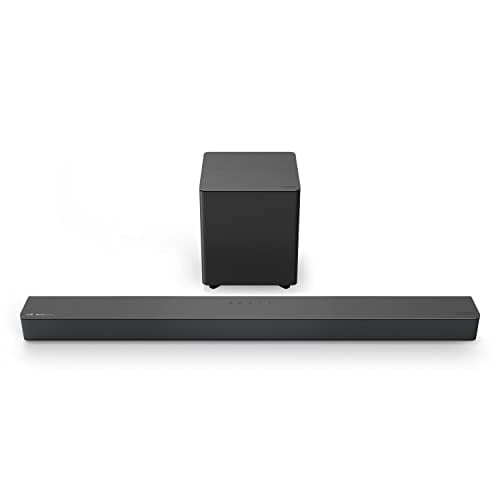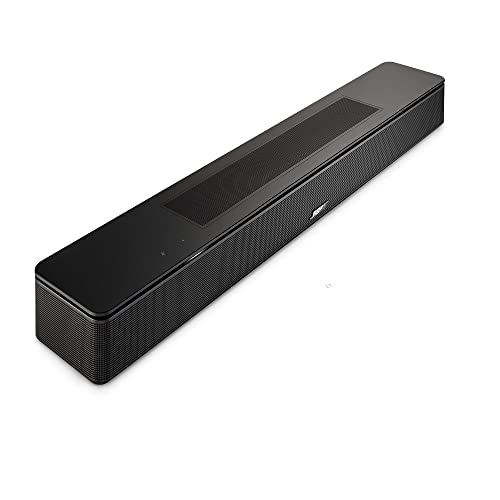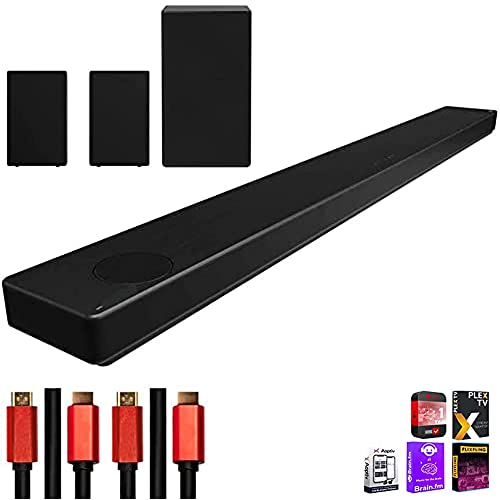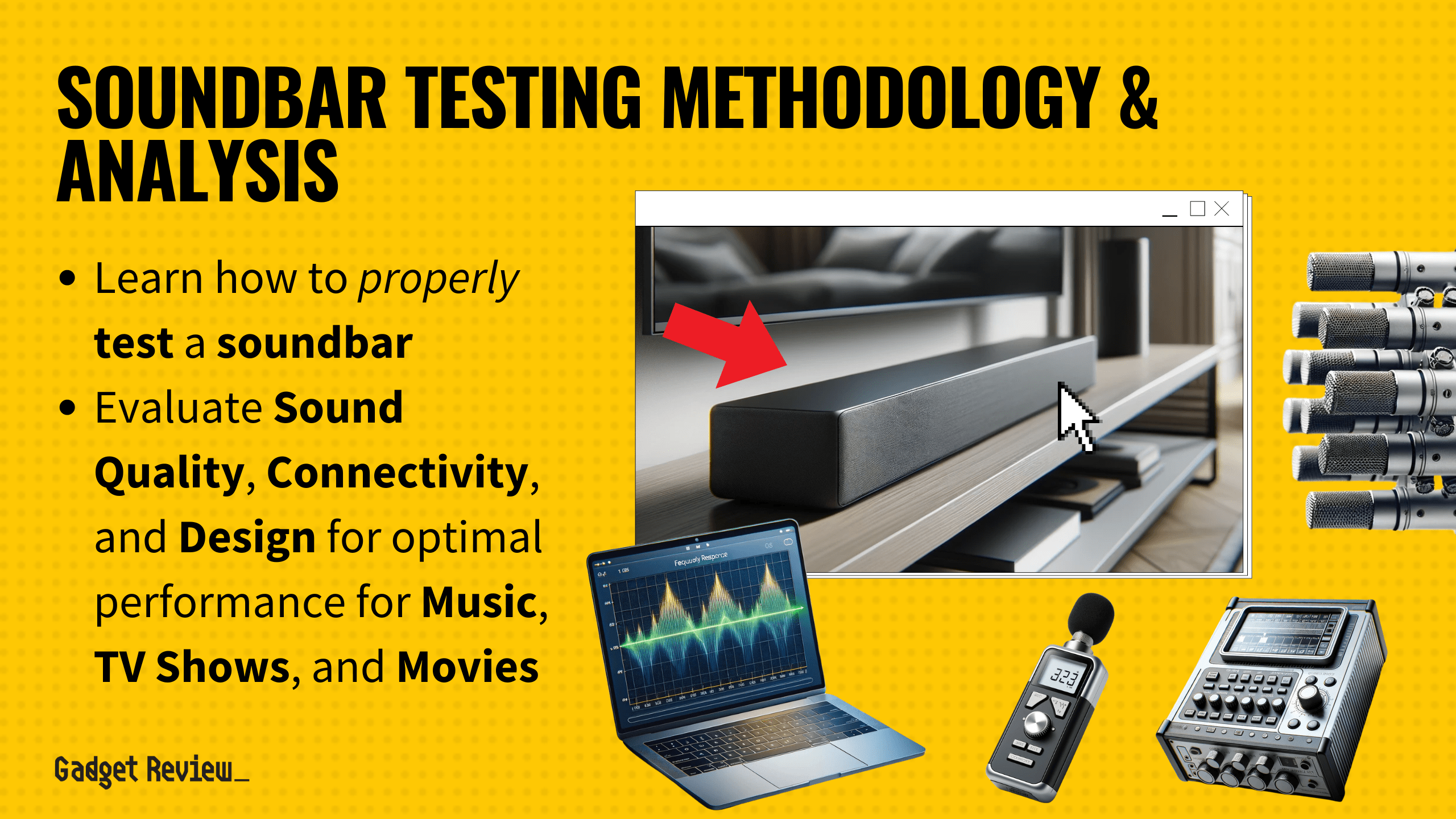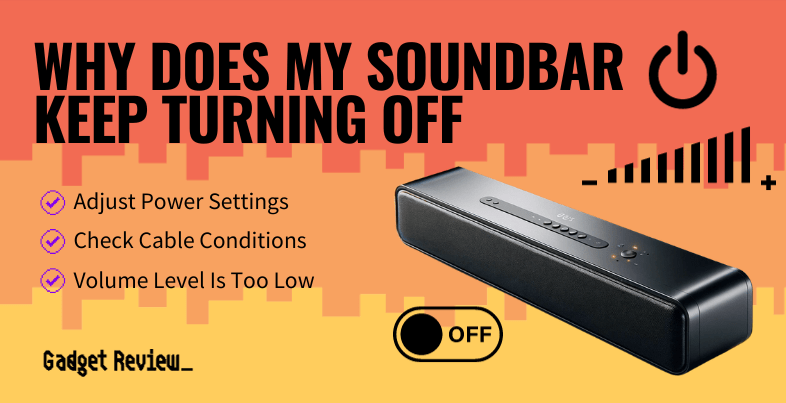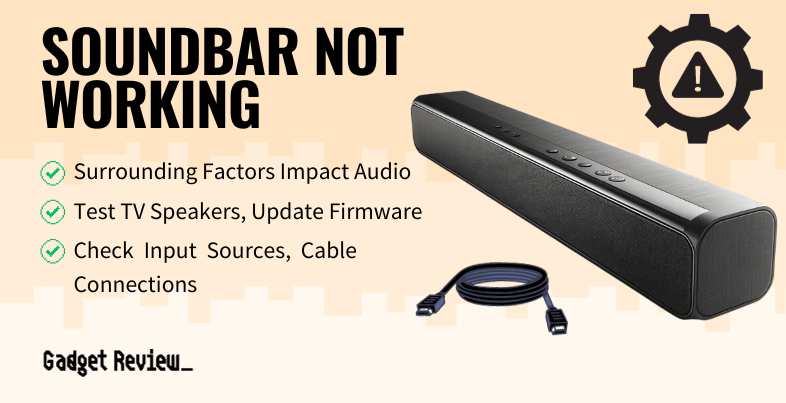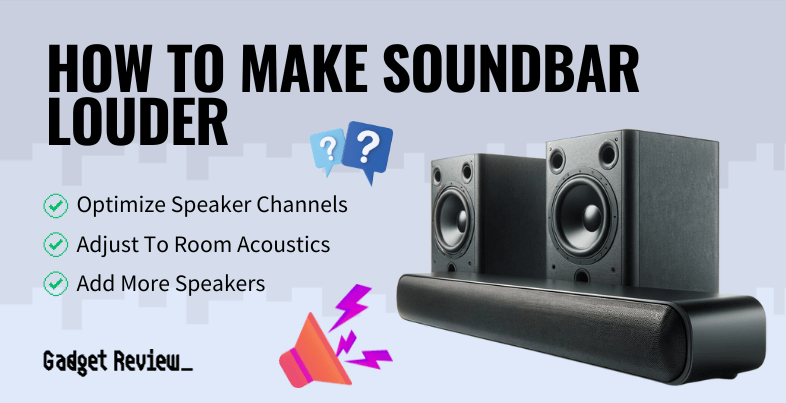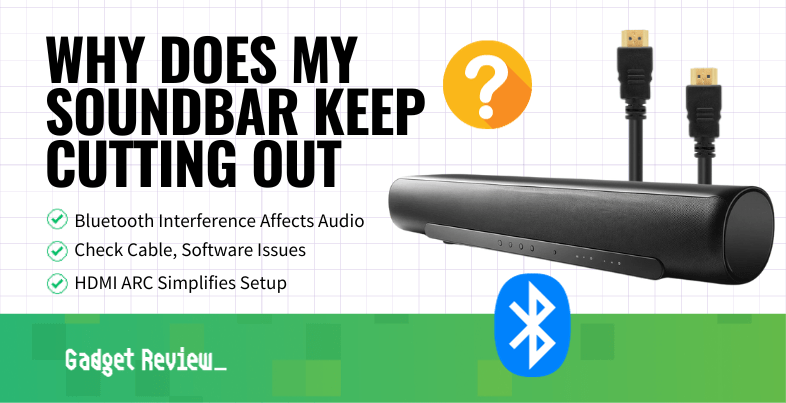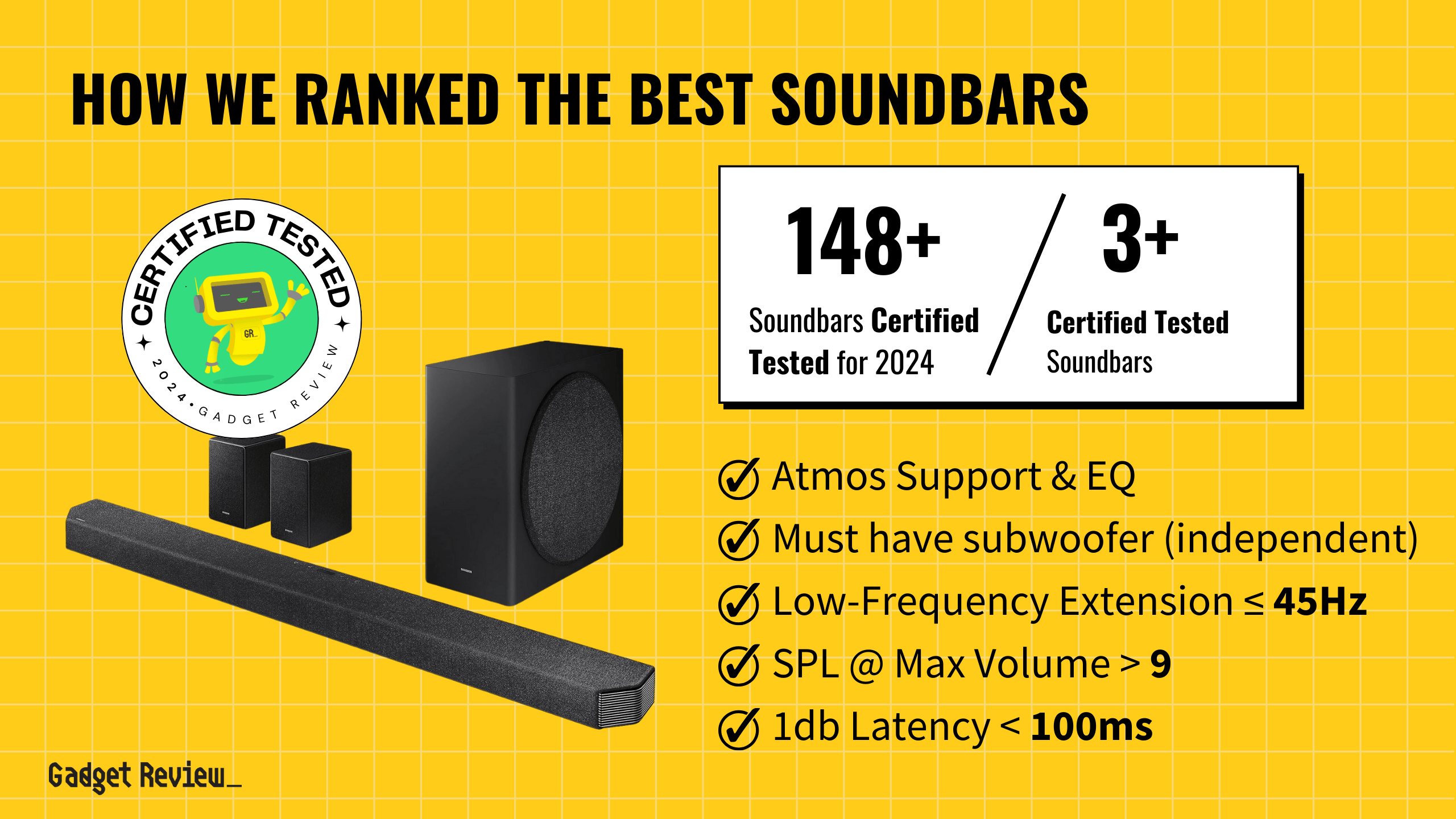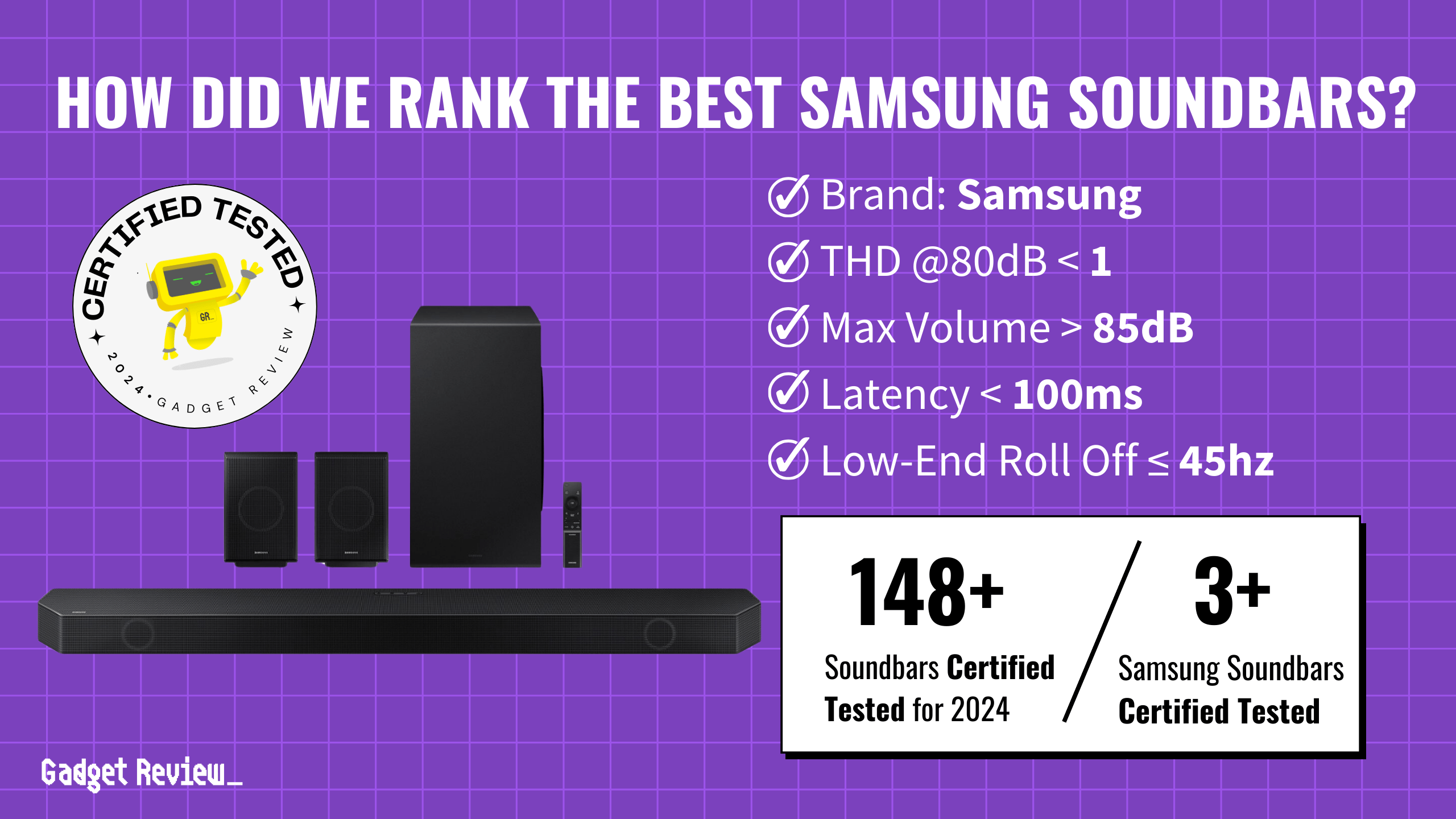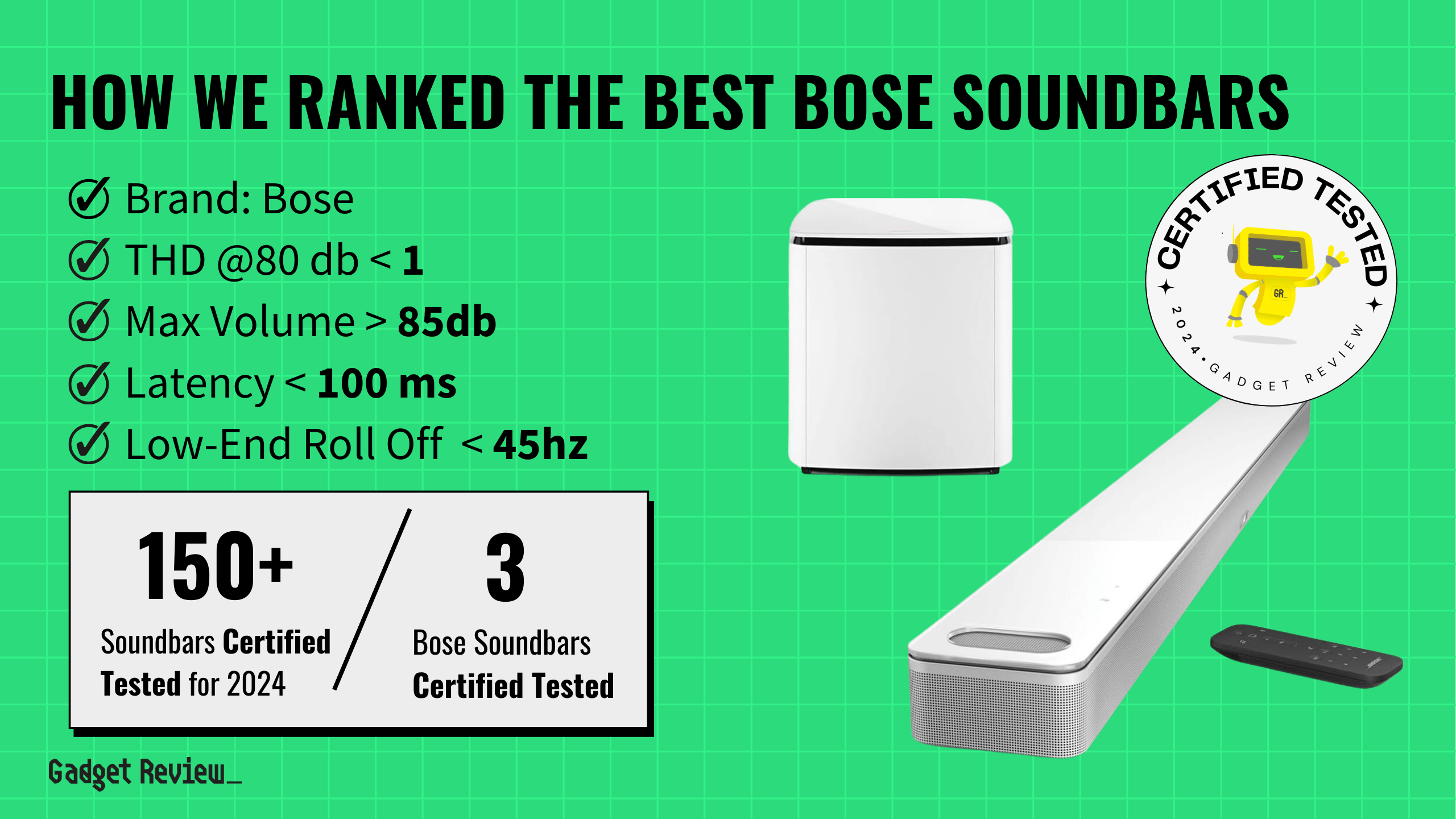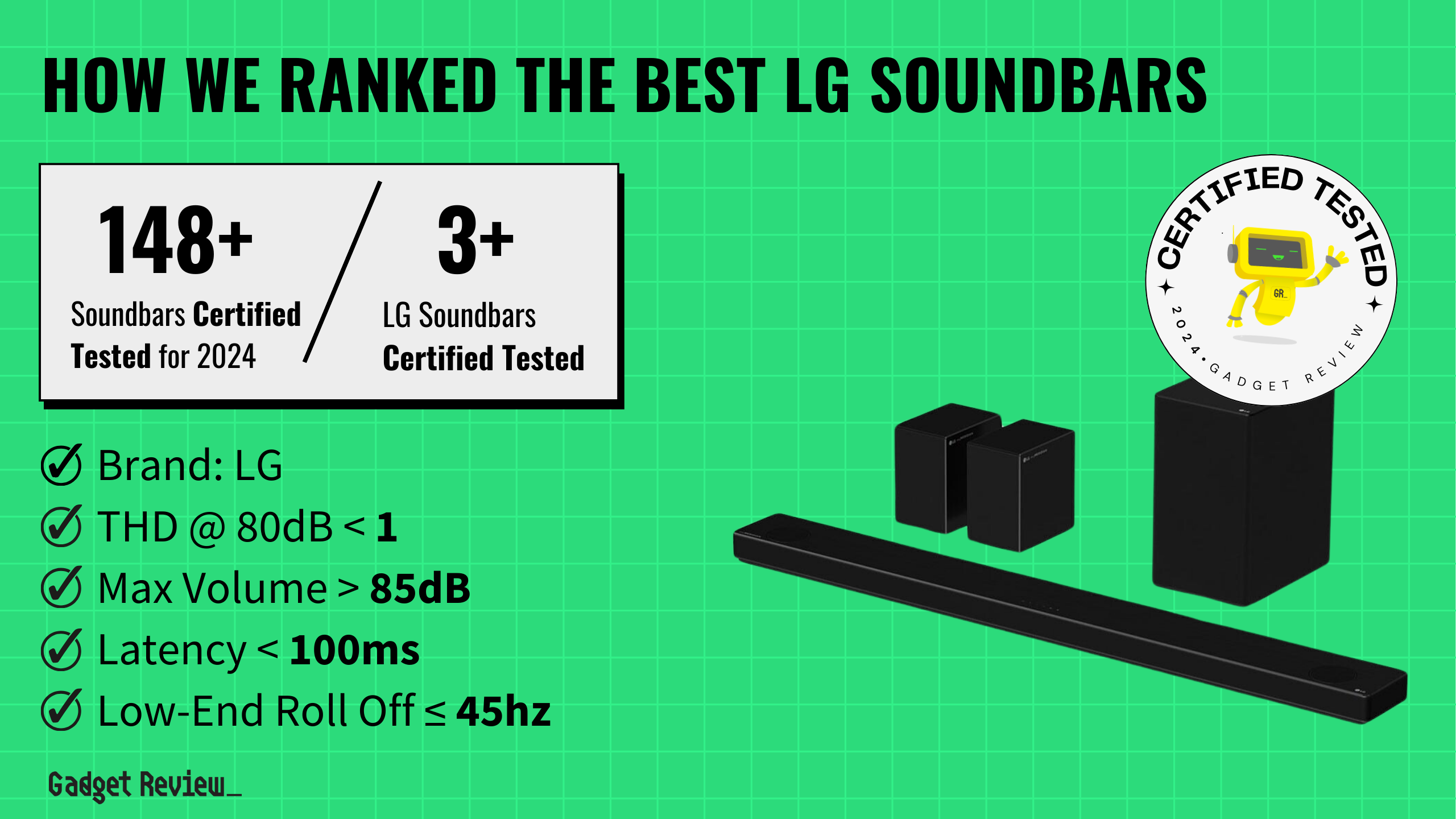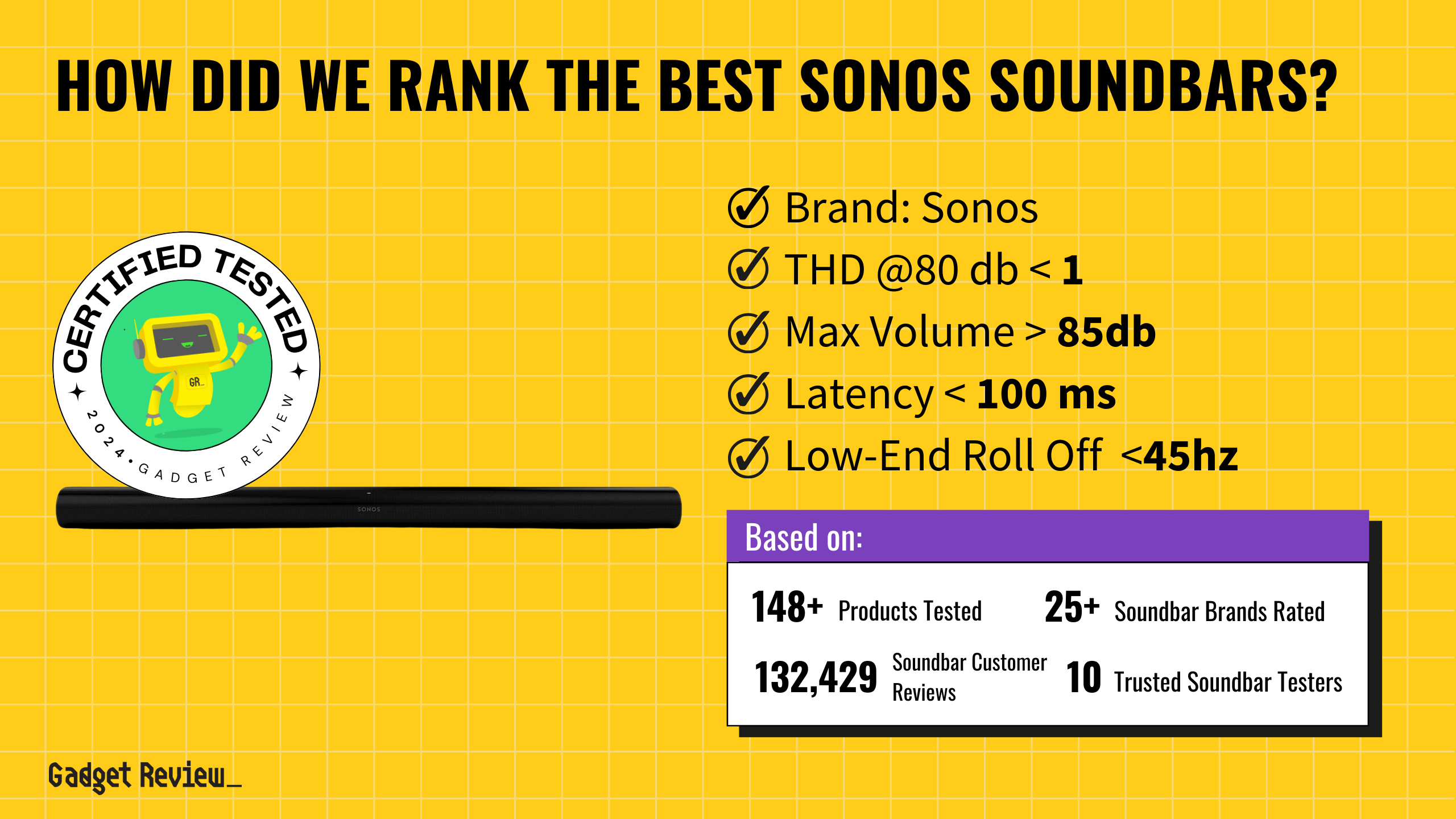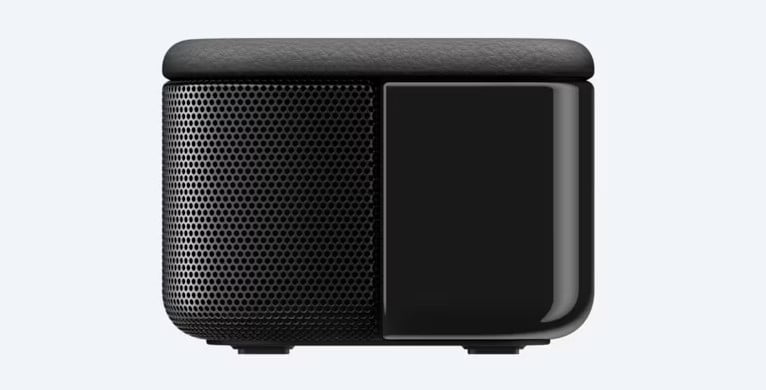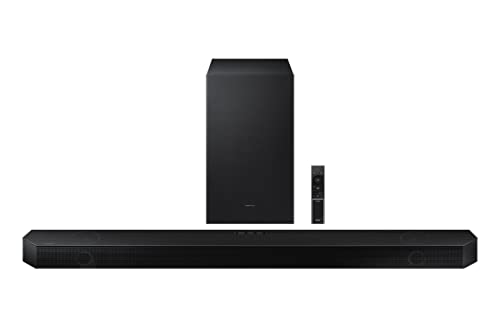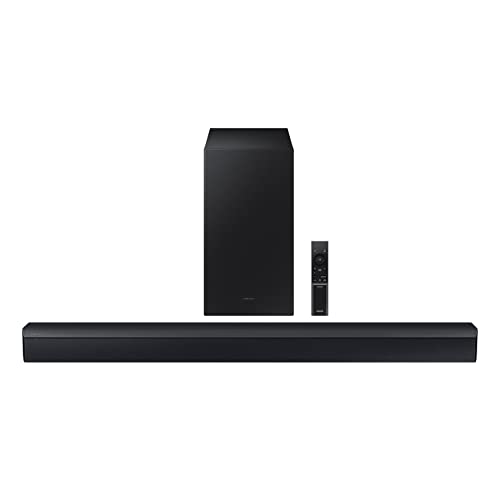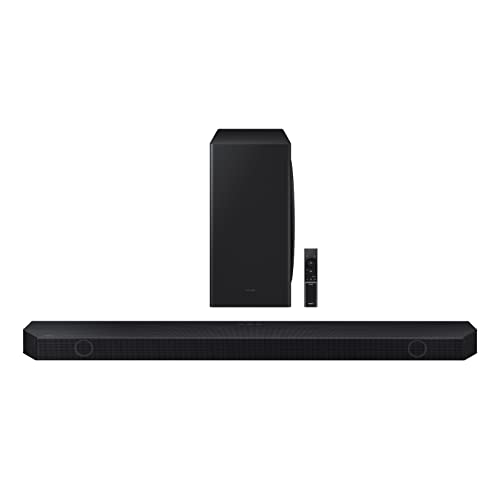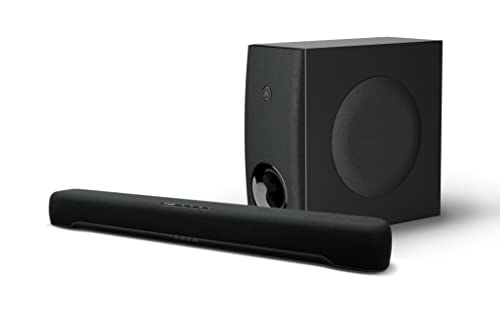When you’re seeking the best Dolby Atmos soundbars, it’s essential to focus on sound quality and immersive audio performance. Dolby Atmos technology enhances your audio experience by delivering multi-dimensional sound, making it perfect for movies and music. Top-performing Dolby Atmos soundbars excel in bass response, crisp highs, and low distortion. These soundbars also offer advanced connectivity options like HDMI ARC/eARC to ensure seamless integration with your home theater setup.
For this guide, we analyzed over 140 soundbars and certified three as top performers. We scrutinized 394,661 reviews and filtered out 92% of experts who were unreliable. Our unique approach, combining True Score and Trust Rating, ensures that the chosen soundbars excel in real-world applications. These models performed exceptionally well in our rigorous testing, earning their place in our buying guide for their outstanding sound quality and reliability.
How Did We Rank the Best Dolby Atmos Soundbars?
In crafting our guide to the best Dolby Atmos soundbars, we leveraged insights from over 200 websites, scrutinizing their testing methods, customer reviews, and expert evaluations. Our rigorous analysis identified the most important criteria for soundbars, including 2 required test results, 2 nice-to-have features, and 1 essential specifications. Using our true score system, we synthesized this data into a straightforward guide, making it easy for you to choose the best Dolby Atmos soundbar for your needs.
Our commitment to unbiased reviews is powered by our ‘True Score’ system, targeting low quality and fake reviews. When you shop through our links, you’re backing our mission. Dive deeper to see how.
?️ Minimum Specifications
- Must support Dolby Atmos
? Test Criteria
- Total Harmonic Distortion: A total harmonic distortion (THD) below 1% at 80 decibels to guarantee high-fidelity audio reproduction without unwanted frequencies.
- Volume Output: The soundbar should be able to deliver a powerful and immersive sound performance, exceeding 91 decibels in volume output.
? “Nice To Haves”
- Latency: With a latency under 100 milliseconds, it ensures minimal delay in data transmission or audio processing.
- Low-End Roll-Off: A low-end roll-off below 45 Hz enhances bass presence, enriching your music or movie enjoyment with subtle rumble effects.
Latest Updates
- 04/05/2024: Published the list of best soundbars without a subwoofer based on our True Score system.
Top Dolby Atmos Soundbars For 2025
Prices accurate at the time of publishing
To secure a spot on our list, a Dolby Atmos soundbar must meet our criteria for audio performance and quality. If it doesn’t meet these standards, it won’t be featured!
Which Criteria Matters for Testing Best Dolby Atmos Soundbars?
By focusing on these criteria (2 required, 2 nice to have), anyone can quickly and easily compare these soundbars and how they’ll perform. This helps you make an informed decision and purchase a soundbar that will sound great.
| CRITERIA | RANGE | REQUIRED | DEFINITION |
|---|---|---|---|
| Total Harmonic Distortion | < 1 | Yes | The amount of distortion introduced by the soundbar when it processes an audio signal at a given volume (typically 80, 85 or maximum dB output.) |
| Max Volume | > 85 dB | Yes | The maximum volume that a soundbar reaches when it’s output it turned up to 100%. |
| Latency | < 100 ms | No (nice to have) | The time it takes for a soundbar to process audio signal from a source and output it through the speakers. |
| Low End Roll Off | < 45 Hz | No (nice to have) | The point at which bass begins to sharply fall below the target response point on a frequency response graph, making harder to hear. |
Our Trusted Data Sources
We looked at 120+ soundbar reviewers and while 10 are trustworthy (60%+ Trust Rating), we only use data from the testers that are “very trusted” which means a Trust Rating above 70%. The three we have listed below are our most trusted for soundbars.
Interested in a comprehensive analysis of our data sources? We’ve got you covered. Below, you’ll find a detailed list of every TV review website we’ve identified, organized by their respective Trust Ratings from highest to lowest. But we didn’t stop there. We’ve meticulously reviewed each publication and verified the data by checking whether the authors have bio links to MuckRack or LinkedIn. We’re committed to not only checking the facts but ensuring their veracity.
Soundbars Test Data & Results
1. total harmonic distortion test result
Total Harmonic Distortion (THD) measures the fidelity of soundbars by indicating the percentage of unwanted harmonics added to the original audio. A THD under 1 ensures minimal distortion, critical for preserving audio quality across music, movies and games. This low distortion level enhances clarity, maintains detail, and ensures a high-fidelity listening experience, crucial for understanding dialogues, appreciating music nuances, and immersing in game sounds.
We believe soundbars should have less than 1% THD because this helps confirm their ability to accurately reproduce a wide range of audio without perceptible distortion. We say “perceptible” because it’s impossible to remove all distortion, but you can reduce it to the point it’s impossible to notice. Low THD also helps improve your comfort by preventing fatigue during extended use, making it an essential for anyone that marathons movies, games or music.
harmonic distortion
< 1
Acceptable range of performance
Definition: The amount of distortion that exists in an audio signal when it is played back at a target volume.
Units of Measurement: None or %
Tools to Measure: Audio Analyzer
Why It’s Important:
High levels of distortion ruin audio quality. Keeping distortion low helps keep music accurate and high-fidelity.
Total Harmonic Distortion (lower is better)
2. max volume test result
Maximum volume is the easiest aspect of a soundbar to understand: it’s just how loud the soundbar itself will actually get. What’s less clear is why a soundbar getting loud is so important. While higher max volumes give you the ability the fill rooms with sound or use a soundbar as makeshift party speakers, they’re also responsible for helping ensure that audio stays clear when listening at normal listening levels.
This is commonly referred to as “headroom”, and having enough headroom on a soundbar means that the soundbar is able to play back sounds at a high enough level (and with good enough clarity) that the volume level you’ll normally listen to music, movies or games with will sound perfectly clear and distortion free. We recommend your soundbar have no less than 85 dB of maximum volume, but getting past 91 dB is ideal, and the higher you go, the better your soundbar is at filling larger and larger rooms.
max volume
>85 dB
Acceptable range of performance
Definition: The maximum volume that a soundbar is able to hit when the output is turned all the way up.
Units of Measurement: dB (Decibels)
Tools to Measure: Sound level or decibel meter
Why It’s Important:
Max volume is how you ensure you’ve got enough volume to fill large rooms and helps ensure clarity at normal listening levels.
Max Volume (in dB; higher is better)
3. latency test result
latency
< 100 ms
Acceptable range of performance
Definition: Time it takes for the soundbar to process and produce the sound it receives from the source
Units of Measurement: milliseconds (ms)
Tools to Measure: Software
Why It’s Important:
Long delays create mismatches between audio and video, which breaks immersion and frustrates gamers.
Large amounts of latency create problems when trying to sync up audio and video. While you’ve got a bit of wiggle room with how much of a delay can exist between the audio that comes out of your soundbar and the images on your TV, it’s not a ton. If there’s too much latency the mismatch starts to become obvious, and people start looking like they stopped talking while dialogue is still playing. This is especially concerning for gamers, who rely on audio and video to sync up well enough that the footprints you hear around the corner are accurately getting closer.
It’s for these reasons we recommend a latency less than 100 ms. For most content, this is a low enough delay that any mismatch is going to be largely unnoticed. If you’re a highly competitive gamer and don’t want to do calibration out of the box to line up the A/V, the lowest latency you can find is going to work best. For music and moves, though, 100 ms or less will work great.
Latency (in milliseconds; lower is better)
4. Low end roll off test result
Low end roll off
< 45 Hz
Acceptable range of performance
Definition: The point at which bass begins to sharply decline and becomes rapidly inaudible.
Units of Measurement: Hz (Hertz)
Tools to Measure: Oscilloscope
Why It’s Important:
If bass takes longer to start rolling off, it’ll generally be more present in the audible parts of the audio spectrum put out by a soundbar, giving sound “punch” and “depth.”
When it comes to getting the most bass you can out of your soundbar, low-end roll off is a great indicator of just how deep the bass on it can get. If a soundbar doesn’t have a roll off that starts deep enough into the bass part of the audio spectrum, then it’ll result in quiet or even absent bass, which removes most of the punch and impact of not only music, but also movies and video games. the longer it takes bass to roll off, the better.
When it comes to most soundbars for most use cases, we recommend a roll off that doesn’t start until at least 45 Hz, but it only gets better the further you go down. It’s worth noting that the roll off will only get so low, so don’t expect to find soundbars hitting the teens for roll off, but it isn’t uncommon for very bass-forward options to hit 30 Hz before roll off starts. By aiming for at least 45 Hz, you have a much better chance of getting the deep, rumbling bass you’re looking for out of your music, movies or games.
Low end roll off (in Hz; lower is better)
Best Dolby Atmos Soundbars: Mistakes To Avoid
- Ignoring Room Acoustics: Overlooking the importance of room size, shape, and acoustics can lead to suboptimal performance even with the best Dolby Atmos soundbars, as the sound’s interaction with the environment significantly affects its quality and immersion. Proper soundbar placement either directly below or above your TV without obstructions and at the right height, is key to enhancing sound dispersion for a fuller audio experience.
- Neglecting Connectivity Options: Not considering the variety and versatility of connectivity options such as HDMI ARC, eARC, or optical inputs might limit your soundbar’s compatibility with different devices, hindering your ability to fully enjoy its capabilities and versatility. Knowing how to connect a soundbar properly, utilizing the right cables and ports, can greatly enhance your setup and ensure optimal audio performance across all your devices. For gamers, an ideal gaming soundbar provides low-latency connections and various inputs for easy integration with consoles and PCs.
- Underestimating Power and Speaker Configuration: Failing to assess the power output and speaker configuration could result in insufficient audio coverage, leaving certain areas of your viewing space with inadequate sound immersion, compromising the overall Dolby Atmos experience. For those considering additional audio solutions, the best bookshelf speakers can complement your setup, providing enhanced clarity and filling any sound gaps.
- Disregarding Future-Proofing Features: Overlooking future-proofing features like firmware updates, expandability options, or compatibility with emerging technologies might lead to premature obsolescence, limiting the longevity and adaptability of your investment in a Dolby Atmos soundbar setup. In the debate of soundbar vs. surround sound, a well-chosen soundbar with future-proof features can offer a competitive, adaptable audio solution without the complexity and space requirements of traditional surround sound systems.
Additional SOUNDBAR TIPS
To fully optimize your Dolby Atmos soundbar setup, here are a few more tips. First, it’s important to understand the basics, so take a look at our guide on what a soundbar is and how it works. Knowing the differences between soundbars and subwoofers can help you make the best choice for your setup. Additionally, if you need assistance with setup, our tutorial on how to connect a soundbar to your TV with an optical cable will ensure you have a seamless and high-quality audio connection.
If you’re unsure about which configuration is right for you, comparing 2.1 vs 3.1 soundbars can be very useful. To get the best performance, you might want to check out our tips on making your soundbar louder. And if you run into any issues, such as your soundbar turning off unexpectedly, our guide can help you troubleshoot.
The Best Dolby Atmos Soundbars Tests Compared
Product |
True Score
|
Low End Roll Off
|
High End Roll Off
|
Max Volume Test
|
Latency
|
THD @ 80dB
| |
|---|---|---|---|---|---|---|---|
84 |
|
|
|
|
| $174.99 $248 $73 | |
| 81 |
|
|
|
|
| $289.99 $499 $209 |
| 78 |
|
|
|
|
|









